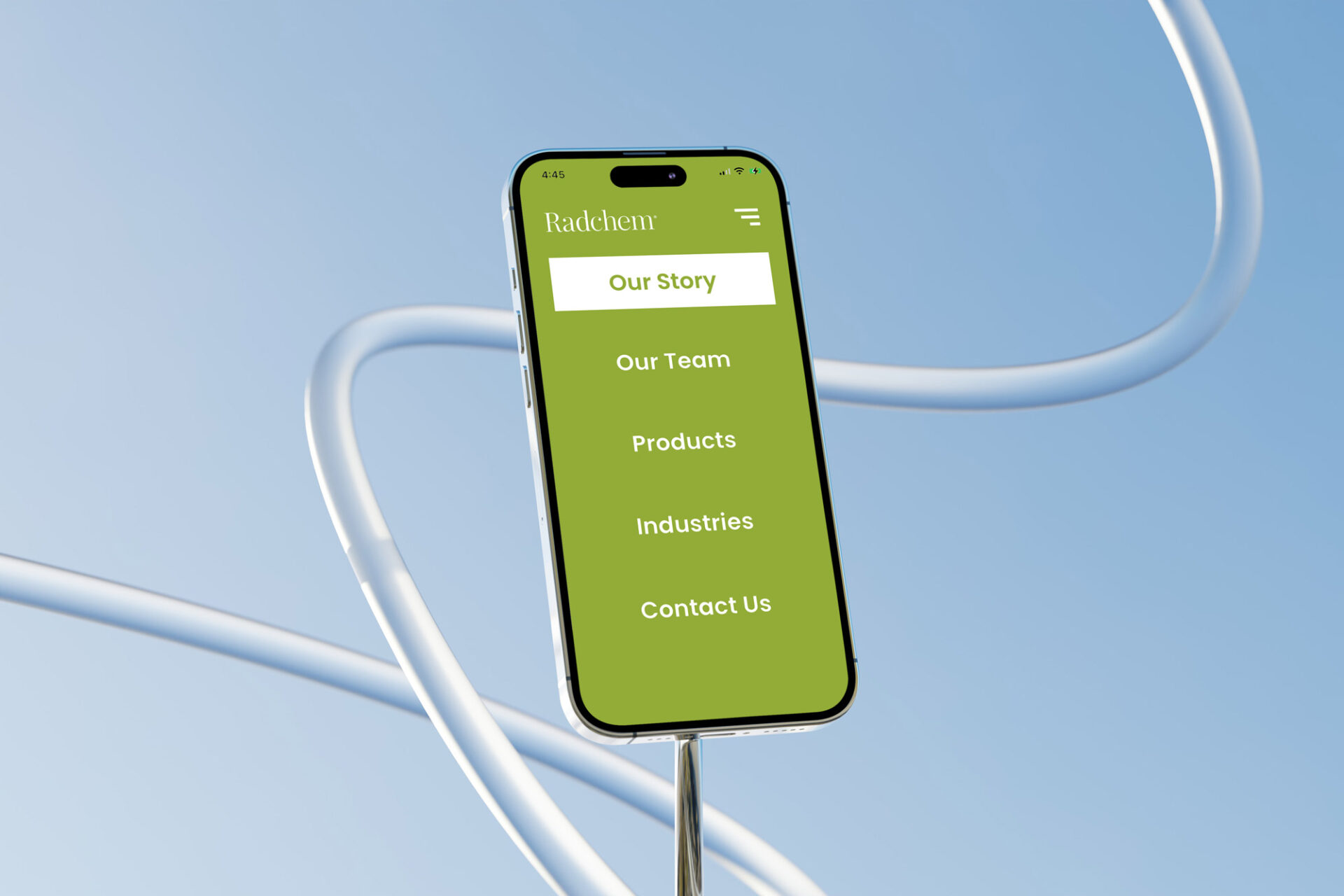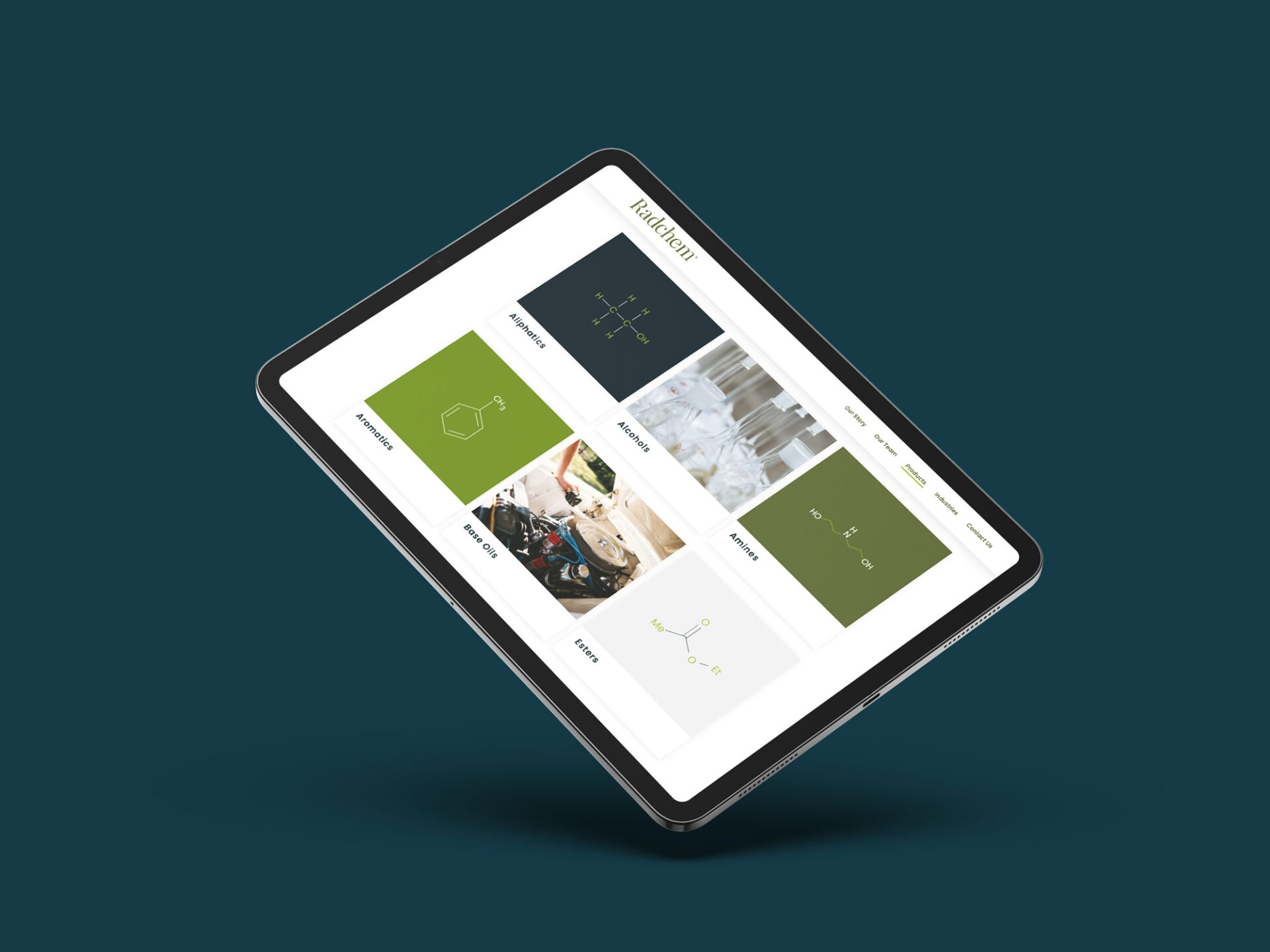The Call to Action (CTA) is more than a mere button on a page—it’s a critical communication tool that guides users towards a desired action, whether it’s making a purchase, signing up for a newsletter, or downloading an app. The effectiveness of a CTA hinges on its ability to stand out and intuitively communicate its purpose. This is where the principles of signifiers and affordance come into play, serving as the backbone of successful CTA design. By blending these concepts with proven design strategies, we can create CTAs that not only capture attention but also facilitate seamless user journeys.
Signifiers, Affordance and Design Strategies

The Role of Signifiers in CTA Design
Signifiers are the visual cues that indicate to users what actions are possible and how to perform them. In the context of CTA design, signifiers ensure that the button or link is immediately recognizable and its function is understood at a glance. This includes the use of:
- Visual Cues: Bold colors and distinctive shapes draw the eye, signaling the importance and interactivity of the CTA.
- Textual Cues: Action-oriented phrases provide clear instructions on what will happen next, making the CTA’s purpose unmistakable.
- Iconography: Icons can complement text, offering a universal language that quickly communicates action.

Leveraging Affordance for Intuitive Interactions
Affordance refers to the qualities that indicate an object’s functionality, making it clear how users can interact with it. For digital CTAs, affordance is about ensuring that users perceive buttons as clickable elements. Key affordance strategies include:
- Perceived Clickability: Design elements like shadows or tactile textures suggest interactivity, encouraging users to click.
- Feedback Mechanisms: Interactive feedback, such as color changes or animations on hover, reinforces the actionability of the CTA.
- Consistent Design Patterns: Using a consistent style for CTAs across a platform educates users on their functionality, improving the overall user experience.
Integrating Design Principles for Effective CTAs
The integration of signifiers and affordance principles is crucial for crafting effective CTAs, but these must be balanced with overarching design strategies to optimize engagement. Consider the following approaches:
- Clarity and Contrast: CTAs should be visually distinct from their surroundings, using color and whitespace to stand out while remaining harmonious with the overall design.
- Actionable Language: The choice of words is critical. Verbs that incite action paired with concise messaging motivate users to engage.
- Strategic Placement: Position CTAs where they naturally fit into the user’s journey, such as above the fold for immediate visibility or at the end of content sections as a logical next step.
- A/B Testing: Continuously testing different CTA designs allows for data-driven decisions, ensuring that the most effective elements are utilized.
Crafting the Perfect CTA: A Confluence of Art and Science
Creating the perfect CTA is a confluence of art and science, requiring a deep understanding of visual design principles, user psychology, and interaction design. It’s about making the path to action as clear and appealing as possible. Signifiers and affordance play essential roles in this process, ensuring that CTAs are not only noticeable but intuitively understood and interacted with.
By meticulously applying these principles and continuously refining based on user feedback and testing, designers can elevate the user experience, driving engagement and conversions. In essence, the art of the CTA lies in its ability to seamlessly guide users towards taking the desired action, making it a cornerstone of effective UX/UI design.
Marketing Strategies
Marketing strategies and Calls to Action (CTAs) are fundamentally intertwined in the digital landscape, serving as critical components that guide users from initial interest to decisive action. A well-designed CTA is more than just a button on a webpage; it’s a crucial tool that can significantly influence a user’s engagement with a brand, propelling them from mere curiosity to active participation. Understanding and optimizing the relationship between marketing and CTAs is key to unlocking their full potential, enhancing user experience, and achieving desired business outcomes.
The Integral Role of CTAs in Marketing
CTAs serve as pivotal conversion points within the marketing funnel, enabling potential customers to transition from one stage of their journey to the next with clarity and ease. They are direct calls to action that encourage users to engage more deeply with a brand, whether by exploring a product, subscribing to a newsletter, or initiating a purchase. The effectiveness of a CTA lies in its ability to be both compelling and clear, guiding users towards a specific action without ambiguity.
Enhancing CTAs for Marketing Efficacy
To maximize the impact of CTAs within marketing campaigns, several strategies can be employed:
- Clarity in Communication: The language used in CTAs needs to be precise, actionable, and free from ambiguity. Direct phrases such as “Download Free Guide,” “Subscribe for Updates,” or “Explore Our Collection” effectively communicate the desired action to the user.
- Considered Placement: The positioning of CTAs can greatly influence their effectiveness. Strategically placing CTAs where users naturally engage with content—such as at the conclusion of an informative article or alongside product descriptions—can increase visibility and encourage action.
- Visual Distinction: For a CTA to grab attention, it must visually stand out from the rest of the page while still aligning with the overall design aesthetic. This can be achieved through the use of contrasting colors, dynamic shapes, or subtle animations that draw the eye.
- Consistency Across Platforms: Ensuring that CTAs maintain a consistent look, feel, and message across all marketing channels (including websites, emails, and social media) helps to reinforce the action you wish users to take. This consistency aids in building brand recognition and facilitates a seamless user experience.
- Mobile-Friendly Design: With the prevalence of mobile device usage, it’s essential that CTAs are optimized for smaller screens. This entails designing CTAs that are easily clickable, prominently displayed without the need for scrolling, and sized appropriately for touch-based navigation.
The Synergy Between Marketing and CTAs
In the realm of digital marketing, CTAs are not merely functional elements; they are the embodiment of a brand’s invitation to its audience to engage further, offering a clear pathway to deeper interaction. By strategically designing and integrating CTAs into marketing efforts, brands can enhance user journeys, foster greater engagement, and drive more significant actions. The synergy between marketing strategies and CTAs, when harnessed effectively, can elevate the user experience, ultimately leading to improved engagement metrics and conversion rates. Continuous optimization and testing of CTAs are vital in refining their effectiveness, ensuring that they resonate with the audience and contribute to the overall success of marketing initiatives.
In the intricate dance of digital design, where every element must coalesce to guide and convert users, the expertise of a seasoned design team becomes invaluable. The ArtVersion team, with its deep understanding of visual communication and user experience design, stands ready to elevate your website’s performance. By evaluating your current CTAs and overall design, we can identify opportunities for improvement, ensuring that every aspect of your site not only aligns with your brand’s identity but also optimally serves your users’ needs.
Our approach begins with a comprehensive assessment of your existing digital assets, focusing on how effectively your CTAs engage and motivate your audience. Leveraging principles of signifiers, affordance, and strategic design, we can pinpoint areas where adjustments are needed, whether it’s enhancing visibility, clarifying messaging, or simplifying the user journey.
From there, the ArtVersion team crafts bespoke solutions, drawing on a wealth of experience in creating intuitive, compelling CTAs that resonate with users and drive action. Our iterative design process, enriched by A/B testing and user feedback, ensures that the final implementations are not only aesthetically pleasing but also functionally superior.
In partnering with ArtVersion, you’re not just getting a design service; you’re embracing a collaborative effort to redefine your website’s user experience. Our goal is to transform your CTAs into powerful conduits for user engagement and conversion, making every interaction count. Let the ArtVersion team guide your website towards its fullest potential, where every click brings you closer to your business objectives.









